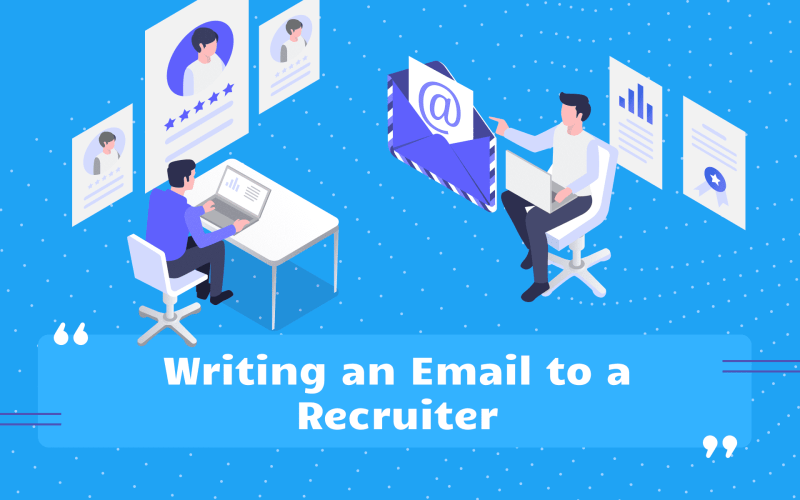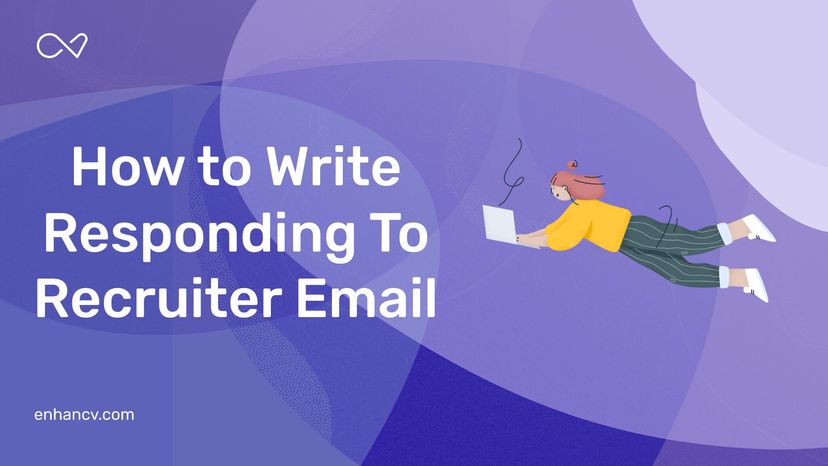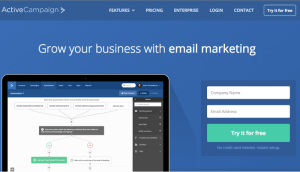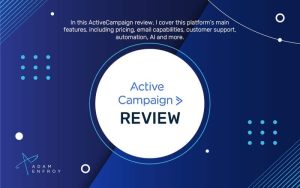In the competitive world of software engineering (SWE) recruitment, standing out from the crowd is crucial. One of the most effective ways for recruiters to connect with top-tier candidates is through the use of well-crafted cold emails. A thoughtful, personalized cold email can be the key to capturing the attention of sought-after SWE talent and ultimately securing a valuable hire for your organization.
The Importance of Effective Cold Emails for SWE Recruiters
As the job market for software engineers becomes increasingly competitive, title for recruiter cold email swe has become a critical tool in the recruiter’s arsenal. Cold emails allow you to reach out to passive candidates who may not be actively searching for new opportunities, but could be enticed by the right offer. By crafting a compelling message that resonates with the recipient, you can pique their interest and initiate a dialogue that could lead to a successful hire.
Crafting a Compelling Subject Line: The First Impression
The subject line of your cold email is the first thing the recipient will see, and it can make or break your chances of getting your message opened and read. A strong subject line should be concise, attention-grabbing, and relevant to the recipient. Consider including the job title, a unique value proposition, or a reference to a shared connection or interest to capture the recipient’s attention.
Tailoring Your Cold Email to the Recipient
Effective title for recruiter cold email swe is all about personalization. Taking the time to research the recipient’s background, interests, and goals shows that you’ve put in the effort to understand their unique needs and aspirations. This level of personalization can go a long way in establishing a connection and increasing the likelihood of a positive response.
Researching the Recipient’s Background and Interests
Leverage online resources, such as the recipient’s LinkedIn profile or company website, to gather information about their professional experience, skills, and areas of expertise. Identify any shared connections, common interests, or relevant industry experience that you can highlight in your outreach.
Highlighting Shared Connections or Experiences
If you have a mutual connection or have previously worked together, be sure to mention this in your cold email. Shared connections or experiences can help to build trust and establish a more personal rapport with the recipient.
Addressing the Recipient’s Specific Needs and Goals
Tailor your message to address the recipient’s unique career goals and pain points. Demonstrate how the role you’re recruiting for can help them achieve their professional objectives and solve their current challenges.
Crafting a Persuasive Body Copy
The body of your cold email should be thoughtfully crafted to capture the recipient’s attention, showcase your value proposition, and encourage a positive response.
Hooking the Recipient from the Start
Begin your email with a strong hook that immediately engages the reader. This could be a thought-provoking question, a relevant statistic, or a compelling anecdote that sets the stage for the rest of your message.
Demonstrating Value and Benefits
Clearly articulate the value that the role and your organization can offer the recipient. Highlight the unique benefits, opportunities for growth, and how the position aligns with their career aspirations.
Using a Conversational Tone
Avoid overly formal or corporate language in your cold email. Instead, adopt a more conversational tone that makes the recipient feel like they’re having a personalized dialogue with you.
Including a Strong Call to Action
Conclude your email with a clear and compelling call to action (CTA) that encourages the recipient to respond or take the next step. This could be a request for a quick phone call, an invitation to learn more about the role, or a suggestion to connect on LinkedIn.
Personalizing the Cold Email
Incorporating personalized elements into your title for recruiter cold email swe can help to build a stronger connection with the recipient and increase the chances of a favorable response.
Using the Recipient’s Name
Address the recipient by name in your email salutation and throughout the message. This simple gesture can help to make the email feel more personal and tailored to the individual.
Referencing Shared Interests or Experiences
If you’ve identified any shared interests, experiences, or connections, be sure to mention them in your email. This can help to establish a sense of rapport and common ground.
Tailoring the Content to the Recipient’s Role and Industry
Ensure that the content of your email is specific to the recipient’s role, industry, and professional context. This level of personalization demonstrates that you’ve taken the time to understand their unique situation and needs.
Increasing Your Response Rate
Consistent and strategic follow-up is key to maximizing the effectiveness of your title for recruiter cold email swe efforts.
Following Up Strategically
Don’t be afraid to send a polite follow-up email if you don’t receive a response to your initial outreach. The optimal timing and frequency of your follow-ups will depend on your industry and the recipient’s typical response patterns.
Leveraging Social Proof
Consider including positive testimonials, case studies, or other social proof elements in your cold emails to build credibility and increase the recipient’s trust in your organization and the opportunity you’re presenting.
A/B Testing and Optimization
Continuously experiment with different subject lines, email content, and CTAs to determine what resonates best with your target audience. Regularly analyze your email performance metrics and make adjustments to optimize your title for recruiter cold email swe strategy over time.
Conclusion
The effective use of title for recruiter cold email swe is a crucial skill for modern SWE recruiters. By crafting personalized, value-driven messages that capture the attention of top-tier talent, you can open the door to meaningful conversations and ultimately secure the best candidates for your organization.
Remember to stay persistent, experiment with your approach, and continuously refine your title for recruiter cold email swe strategy to maximize your success. With the right mindset and execution, your cold emails can become a powerful tool in your recruitment arsenal.
FAQs
What is the most important element of a title for recruiter cold email swe?
The most important element of a title for recruiter cold email swe is personalization. Tailoring your message to the recipient’s unique background, interests, and goals is key to building a genuine connection and increasing the chances of a positive response.
How frequently should I follow up on my title for recruiter cold email swe?
The optimal frequency for follow-up emails will depend on your industry and the recipient’s typical response patterns. As a general guideline, consider sending one or two polite follow-up emails if you don’t receive a response to your initial outreach.
What are some common mistakes to avoid when crafting a title for recruiter cold email swe?
Some common mistakes to avoid include using a generic, one-size-fits-all template, failing to research the recipient’s background, neglecting to include a clear call to action, and sending overly frequent or pushy follow-up emails.
How can I measure the success of my title for recruiter cold email swe efforts?
Key metrics to track include open rates, response rates, and conversion rates (e.g., the number of recipients who schedule a call or interview). Additionally, you can monitor the number of successful hires that can be attributed to your cold email outreach.
Where can I find additional resources to improve my title for recruiter cold email swe skills?
There are many online resources, such as industry blogs, webinars, and training courses, that can provide valuable insights and best practices for crafting effective title for recruiter cold email swe. Networking with experienced recruiters and attending industry events can also be great ways to learn and improve your skills.







